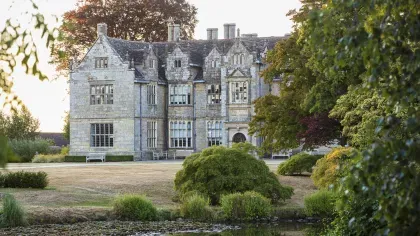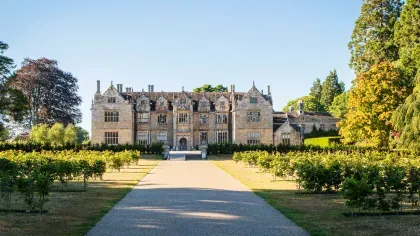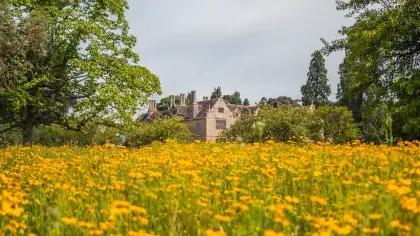30 June 2025
4 min read
Top 10 things you might not know about the Wakehurst Mansion
To celebrate the Mansion reopening its doors, here are ten things you might not know about our Grade I listed Elizabethan mansion.

Welcome back to the Mansion, now reopened for visitors.
In Summer 2022, the Mansion closed its doors as we undertook essential extensive roof renovations.
Now the Mansion is back open with two new exhibition spaces exploring its history, from the impact of its owners over the centuries to its role in the beginnings of seed science at Wakehurst.
1. A secret in the library
Edward Culpeper was responsible for commissioning the design of the Mansion we know today, completed in 1590.
He lived until 1630, and is commemorated in the Mansion Library. Peer into the Library’s fireplace to see a back panel depicting Culpeper’s death.

2. The Mansion’s changing layout
While the Mansion has been a feature of Wakehurst since 1590, it hasn’t always looked like the building we know today.
Over the centuries, its owners have changed the layout drastically, including East and West wings which used to protrude from the front of the Mansion being removed in 1848.
Lady Downshire, Wakehurst’s owner from 1869, moved an entire staircase from elsewhere in the Mansion to its current location in the entrance hall.

3. History of the Walled Garden
The Walled Garden adjacent to the Mansion has had many purposes over the years, much like the Mansion itself.
In the time of Lady Downshire, the servant quarters led out onto a Kitchen Garden. Meanwhile, a separate formal Walled Garden allowed Lady Downshire to entertain guests, roughly where the current Winter Garden is located today.
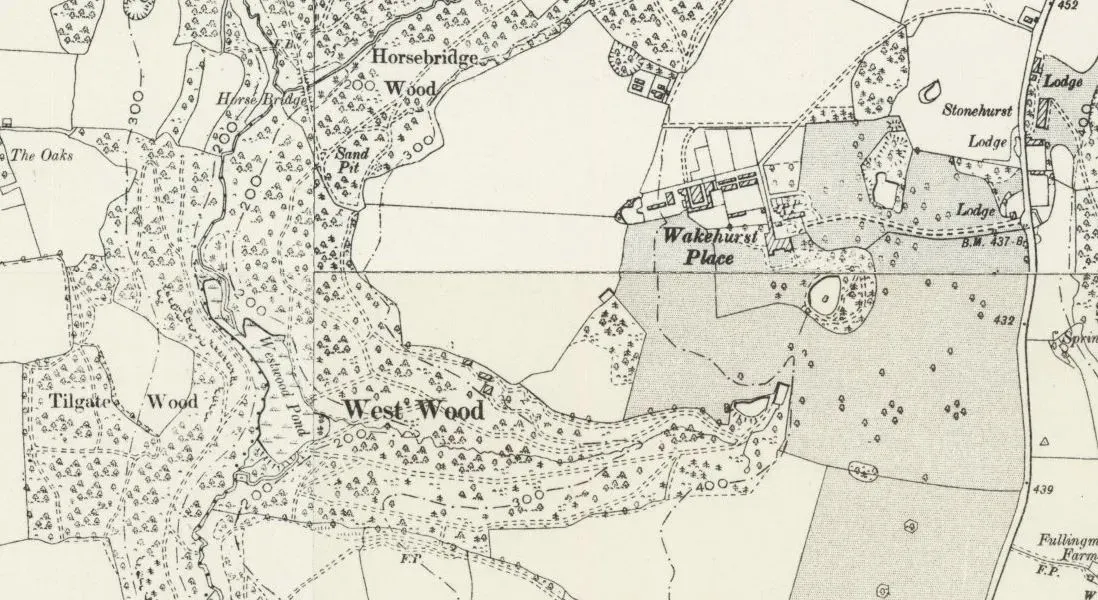
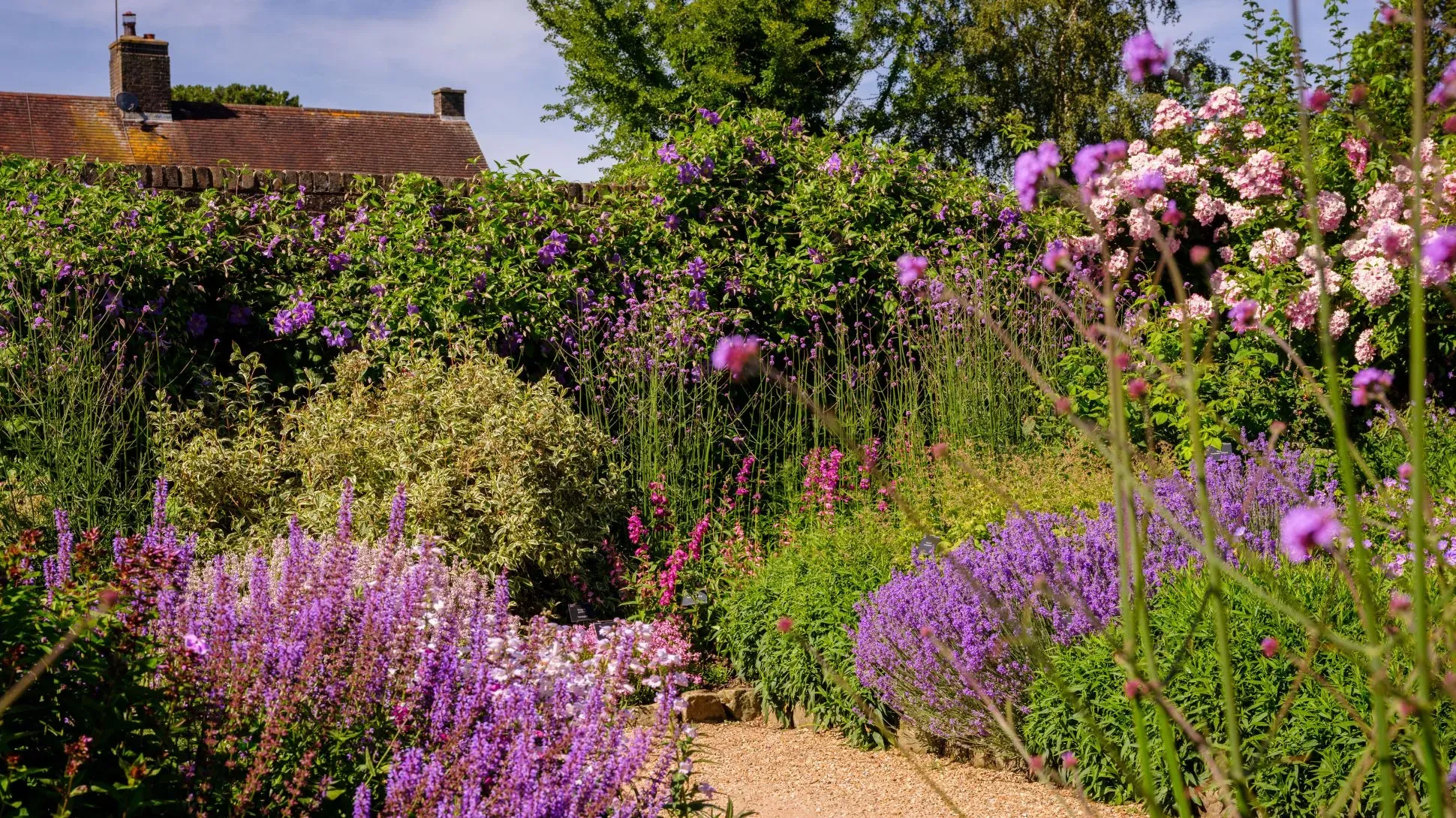
4. The Mansion's American twin
If you found yourself at this mansion in Newport, Rhode Island, you might think you were having déjà vu.
American sportsman and politician James J. Van Alen visited Sussex and admired Wakehurst’s architecture. He was given permission by Lady Downshire to use the plans of Wakehurst to build his own mansion.
The building is now used by Salve Regina University as a student building.
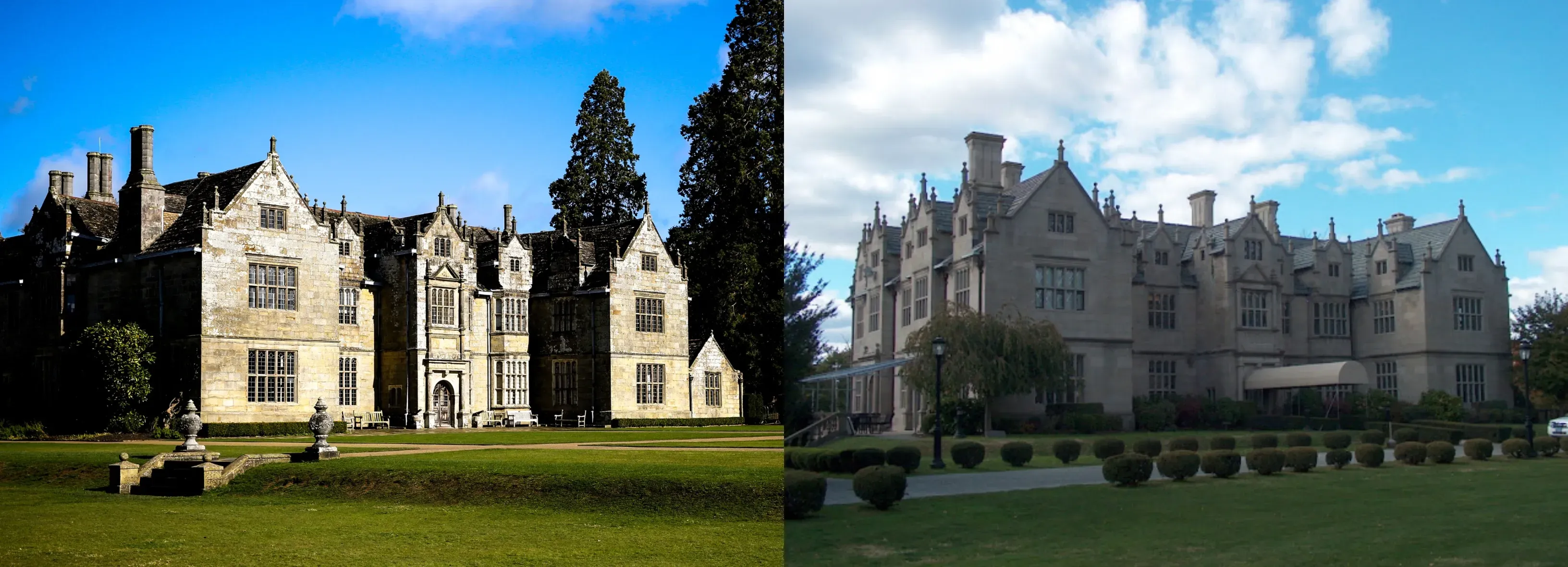
5. The Chapel was built in 1870
While the Chapel may appear old, it is a newer addition to the Wakehurst Mansion built in 1870. It was commissioned by Lady Downshire in memory of her daughter-in-law, Annie, the first wife of her son Arthur.
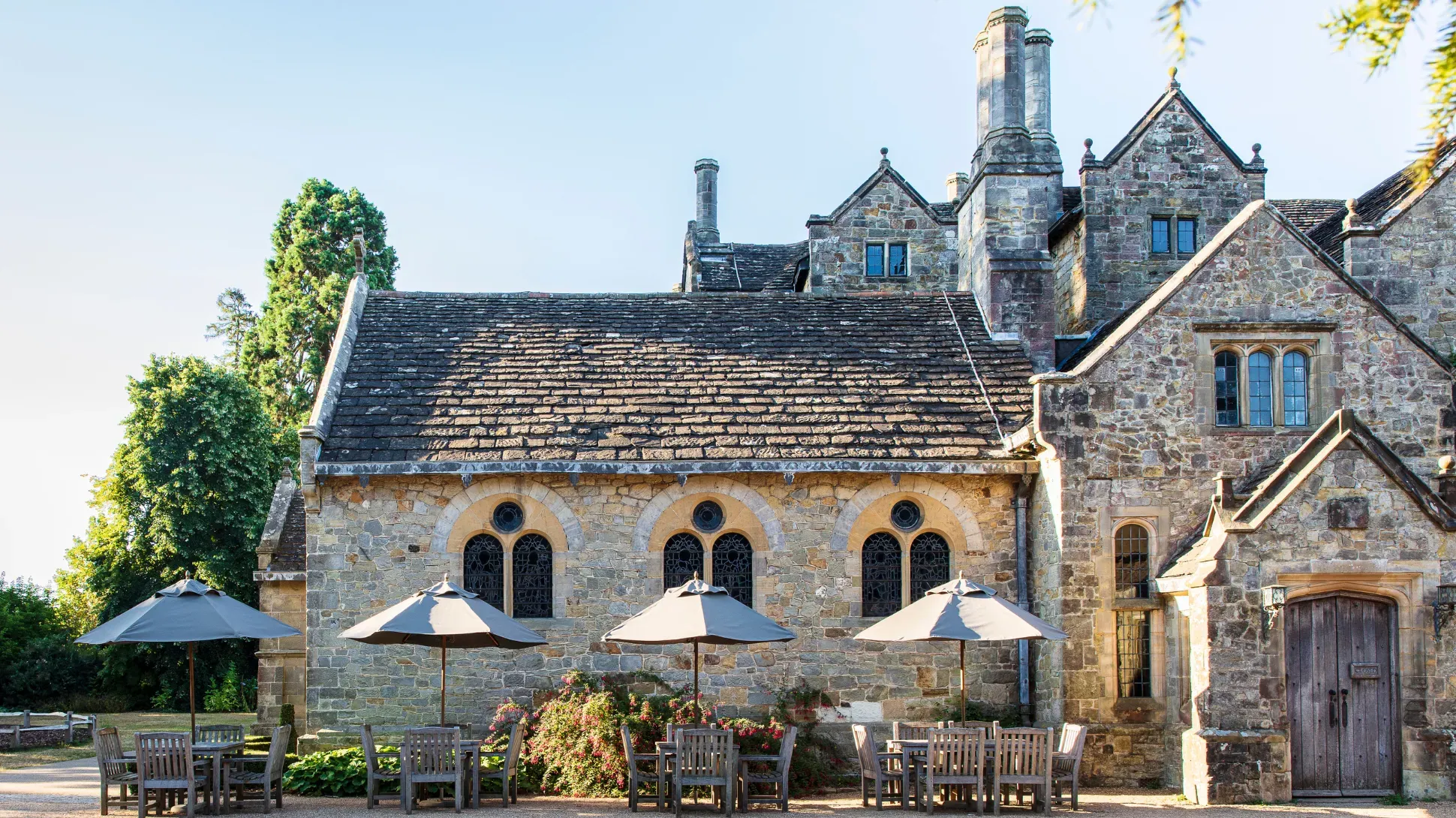
6. A stained-glass reminder
The influence of Gerald Loder, Wakehurst's owner from 1903, can be found in the stained-glass windows of the Chapel.
While travelling in Jamaica in 1907, Loder survived an earthquake. The experience clearly had an impact on him, with the Chapel’s stained glass windows serving as a reminder of the saints he prayed to during the earthquake.
There used to be a plaque in remembrance of the occasion in the Chapel. Its whereabouts now is not known.
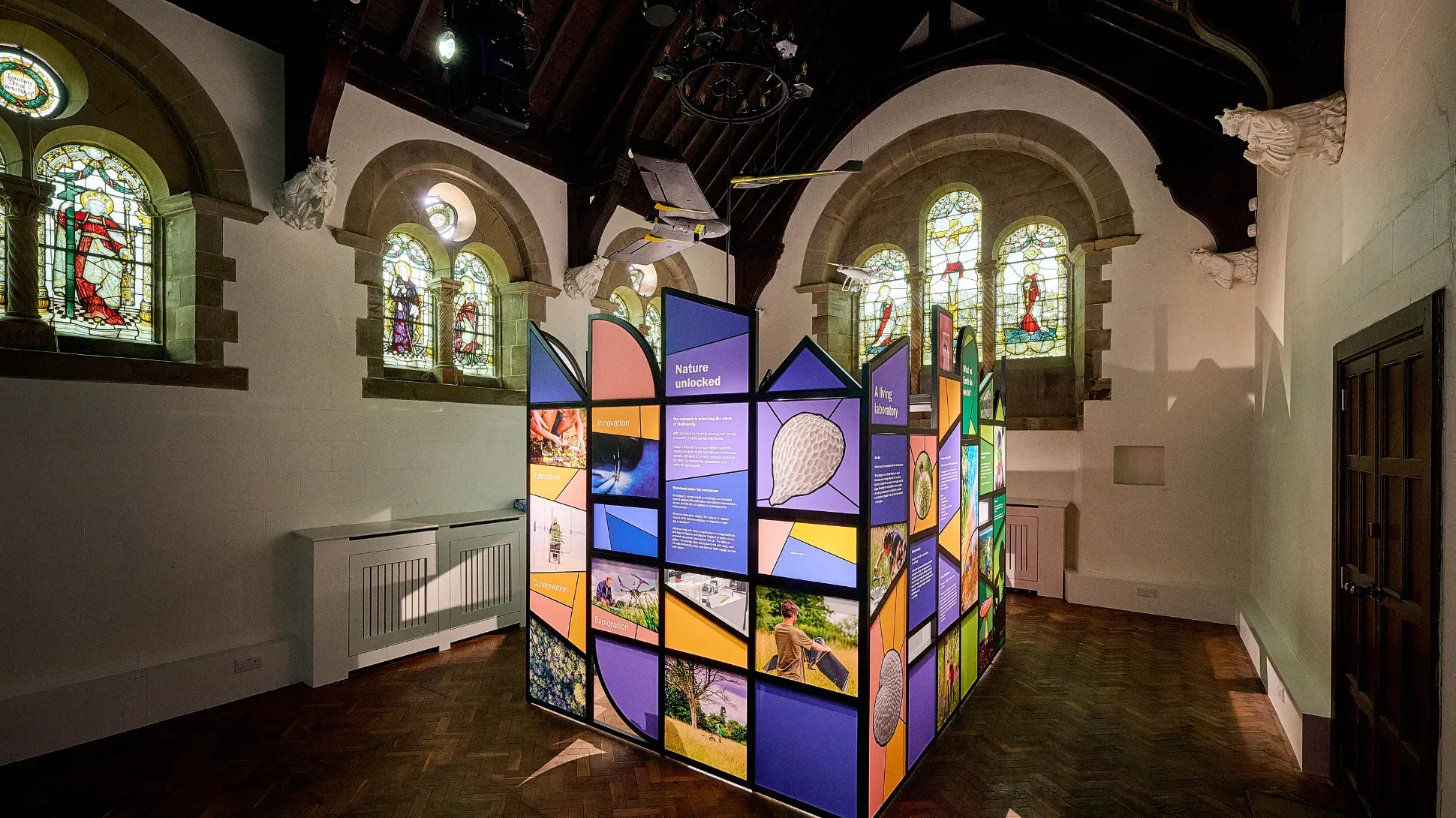
7. Wakehurst’s own fire brigade
Worried about the risk of fire, Gerald Loder created a fire brigade for Wakehurst in 1934.
Loder was right in his concerns, as one weekend a beam in the Library chimney caught alight. Thankfully the fire was put out and the Mansion saved.
Loder put the charred beam on display as a reminder of the need for fire safety.
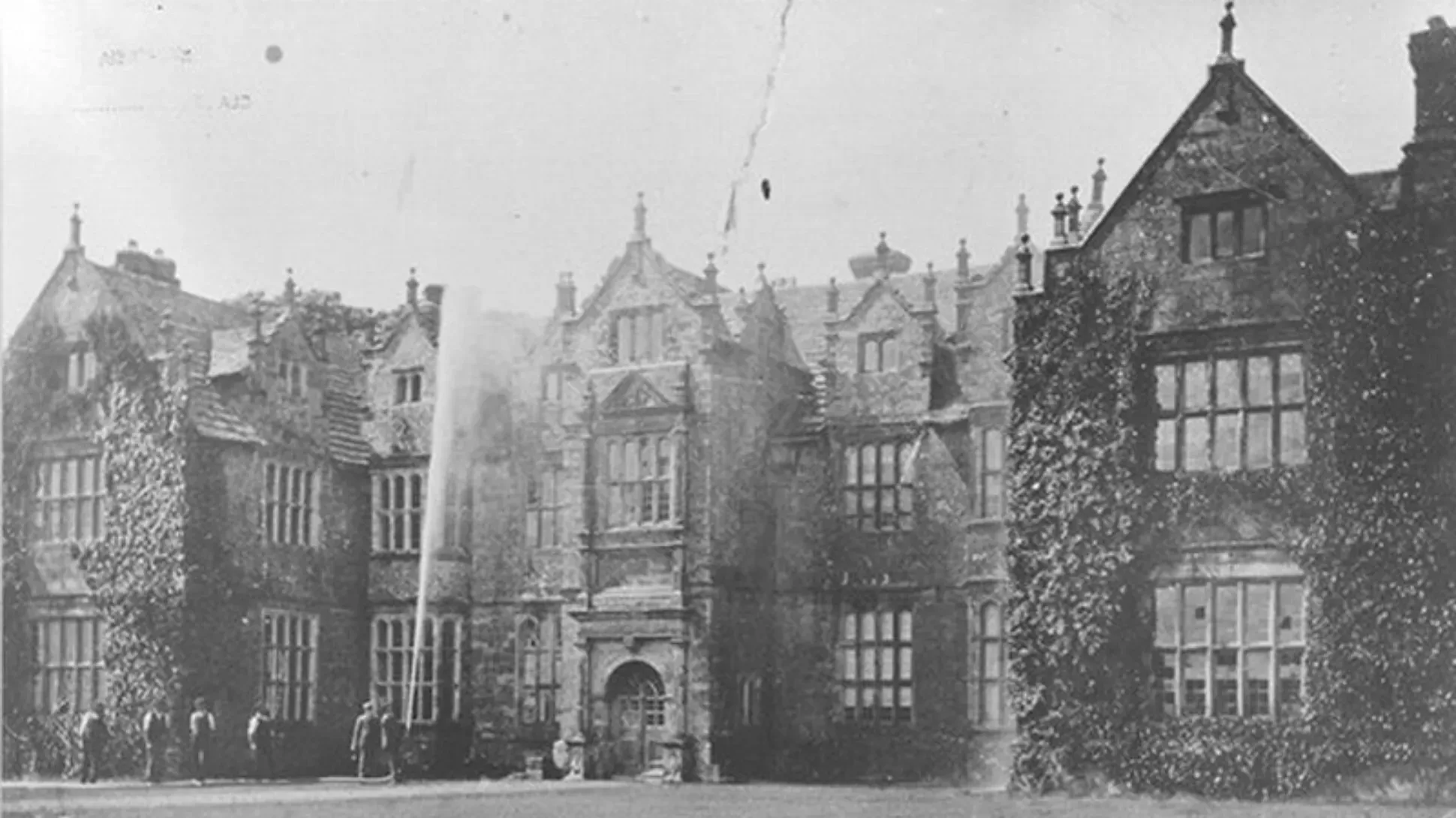
8. Military in the Mansion
During World War II, the Mansion came to be used as a military headquarters, with the Canadian army setting up in the Mansion and Mansion Lawns.
Unbeknownst to the Canadian soldiers, there was also a secret underground radio station hidden in the Pinetum, operated by nine women from the Auxiliary Territorial Service.
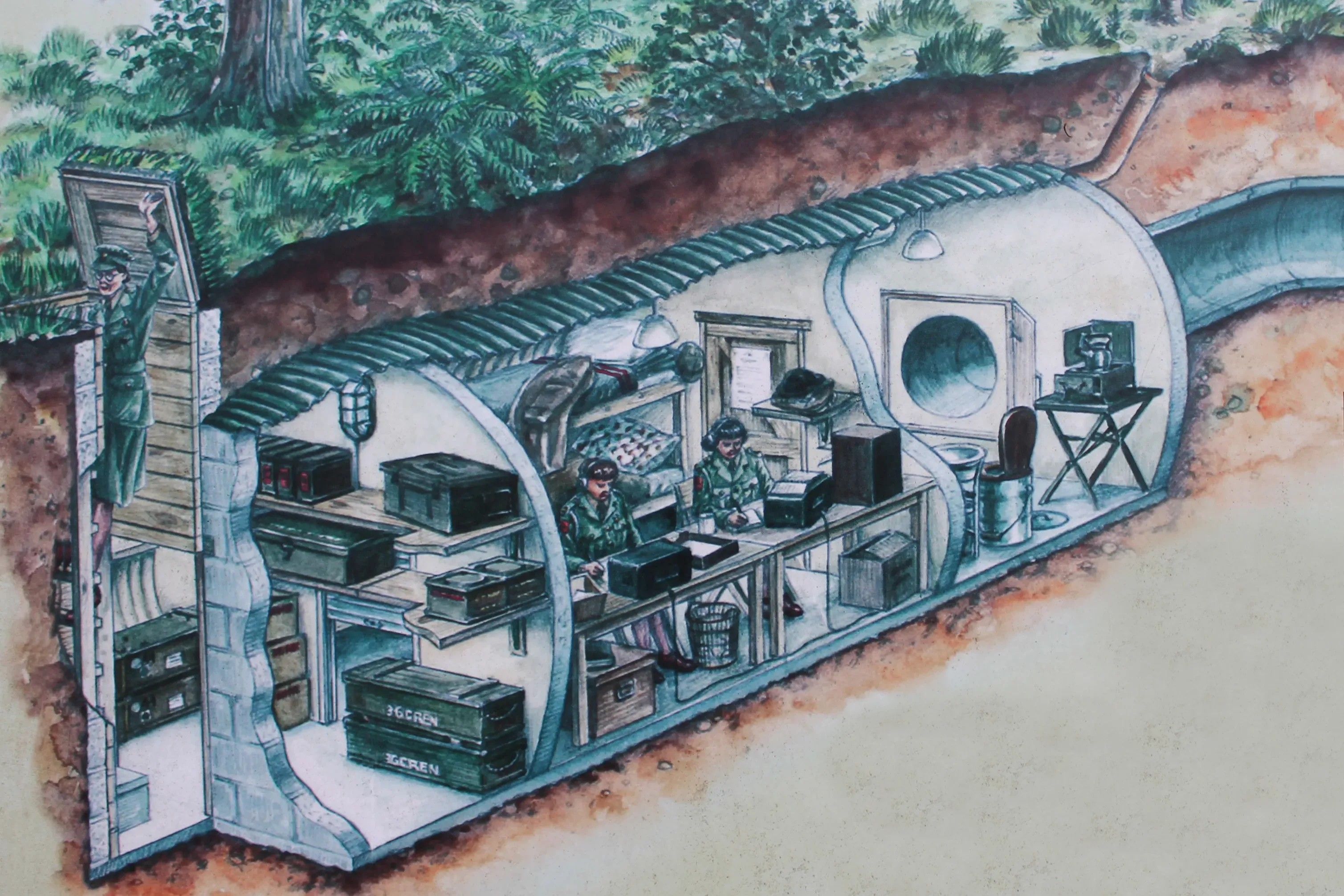
9. Seed bank in the Chapel
Twenty-four years before the Millennium Seed Bank opened in 2000, the first seeds were banked at Wakehurst in an unexpected place – the Mansion Chapel.
This freezer was the start of Kew Science at Wakehurst, which would eventually blossom into a worldwide partnership delivering ground-breaking research.
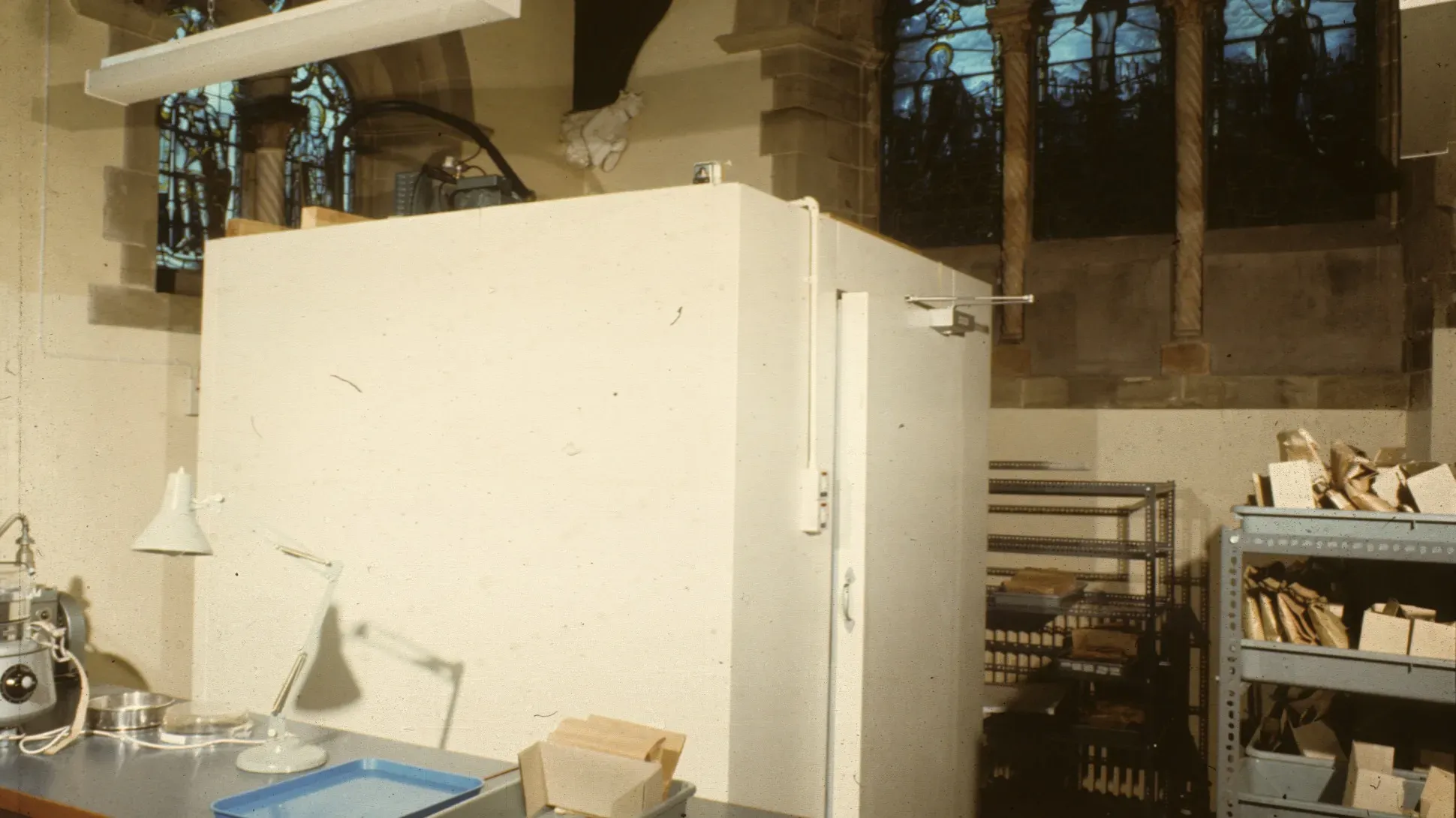
10. A nesting place for bats
When roof renovations began in 2022, the team made a wildlife discovery in the Mansion roof. Three species of bats have made the mansion roof their home, including the common pipistrelle, soprano pipistrelle and brown long eared bats.
Minimising impact to wildlife during the construction was a priority, with the team taking measures including the installation of bat lofts to ensure these species were protected.


